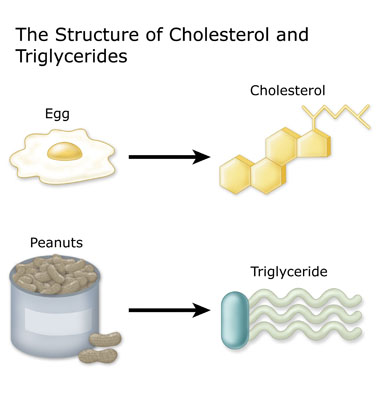
Genes encode the instructions to make proteins, so small genomes cannot encode many proteins. Remember that the genomes of most viruses are very small. The capsid and nucleic acid together are known as the nucleocapsid. Viral capsid proteins protect the fragile genome, composed of nucleic acid, from the harsh environment. Together, the nucleic acid and the capsid form the nucleocapsid of the virion ( Fig. Combined with its small size, the capsid is physically very difficult to break open and sufficiently protects the nucleic acid inside of it. This repeating structure forms a strong but slightly flexible capsid. In order to protect the fragile nucleic acid from this harsh environment, the virus surrounds its nucleic acid with a protein shell, called the capsid, from the Latin capsa, meaning “box.” The capsid is composed of one or more different types of proteins that repeat over and over again to create the entire capsid, in the same way that many bricks fit together to form a wall. If the nucleic acid genome of the virus is damaged, then it will be unable to produce progeny virions. In addition, viral genomes are susceptible to damage by ultraviolet radiation or radioactivity, much in the same way that our DNA is. Physical stresses, such as the flow of air or liquid, could also shear the nucleic acid strands into pieces. In the extracellular environment, the virus will be exposed to enzymes that could break down or degrade nucleic acid.

Whether dsDNA, ssDNA, dsRNA, or ssRNA, the nucleic acid genome of the virus must be protected in the process. The infectious virus particle must be released from the host cell to infect other cells and individuals. While most viruses do not contain much nucleic acid, some dsDNA viruses have very large genomes: herpesviruses have genomes that are 120–200 kb in total, and the very large pandoraviruses mentioned previously have the largest genomes: up to 2.5 million bases, rivaling the genome size of many bacteria! In comparison, eukaryotic cells have much larger genomes: a red alga has the smallest known eukaryotic genome, at 8 million base pairs a human cell contains over 3 billion nucleotides in its hereditary material the largest genome yet sequenced, at over 22 billion base pairs, is that of the loblolly pine tree. Smaller-sized virions will naturally be able to hold less nucleic acid than larger virions, but large viruses do not necessarily have large genomes. A typical virus genome falls in the range of 7000–20,000 base pairs (bp) (7–20 kilobase pairs (kb)). Similarly to how the size of the virus particle varies significantly, the genome size can also vary greatly from virus to virus. Any particular virus will only have one type of nucleic acid genome, however, and so viruses are not encountered that have both ssDNA and ssRNA genomes, for example.

Genomes are not necessarily double-stranded, either different virus types can also have single-stranded DNA (ssDNA) genomes, and viruses with RNA genomes can be single-stranded or double-stranded. Viruses, on the other hand, have genomes, or genetic material, that can be composed of DNA or RNA (but not both). The genetic material of viruses can be composed of DNA or RNA.Īll living cells, whether human, animal, plant, or bacterial, have double-stranded DNA (dsDNA) as their genetic material. So although a characteristic of viruses is that they are all small in size, this ranges from only a few nanometers to larger than some bacteria ( Fig. It is a common mistake to think that all viruses are smaller than bacteria most bacteria are typically 2000–3000 nm in size, but certain strains of bacteria called Mycobacteria can be 10 times smaller than this, putting them in the range of these large viruses. Several very large viruses that infect amoebas have recently been discovered: megavirus is 400 nm in diameter, and pandoraviruses have an elliptical or ovoid structure approaching 1000 nm in length. Poxviruses, such as the variola virus that causes smallpox, can approach 400 nm in length, and filoviruses, such as the dangerous Ebola virus and Marburg virus, are only 80 nm in diameter but extend into long threads that can reach lengths of over 1000 nm. However, some viruses are significantly larger than 100 nm. Average human cells are 10–30 μm (microns) in diameter, which means that they are generally 100 to 1000 times larger than the viruses that are infecting them.

The smallest of viruses are about 20 nm in diameter, although influenza and the human immunodeficiency virus have a more typical size, about 100 nm in diameter.


 0 kommentar(er)
0 kommentar(er)
